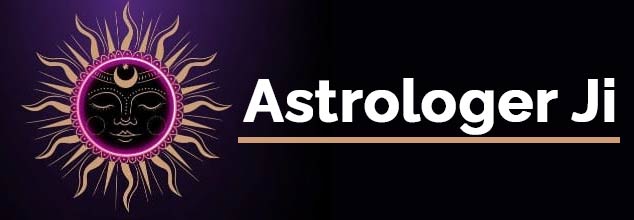Witchcraft has traditionally been defined as the use or invocation of alleged supernatural powers to control people or events, with sorcery or magic being commonly used. Although defined differently in different historical and cultural contexts, witchcraft has often been seen as the work of crones who meet secretly at night, engage in cannibalism and orgiastic rites with the Devil, or Satan, and practise black magic. Thus defined, witchcraft exists more in the imaginations of contemporary people than in objective reality. Witchcraft has a long history that dates back to the Middle Ages and continues to this day in various parts of the world. The definition of witchcraft varies depending on where you are in the world and the type of witch you are, but it is ultimately the practise of magic involving spell work, a deep connection to nature, and ritual. Some witches follow the lunar cycles and use new moons/full moons to gather energy and manifest their desires, whereas others may follow pagan traditions based on their ancestry and use the pagan calendar to honour specific holidays and equinoxes. Witchcraft is used to help the witch connect with their soul, their environment, their gods, and their ancestors, regardless of region or culture. Today, several monotheistic traditions condemn witchcraft, believing that witches worship Satan and demons. While this may be true for some witches, it’s important to remember that this is just a stereotype and does not even begin to account for all pagan and Wiccan traditions. Regardless of the negative connotations, many people around the world practise modern-day witchcraft, also known as Wicca, in the hopes of connecting with their ancestors, nature, and conscious minds.

